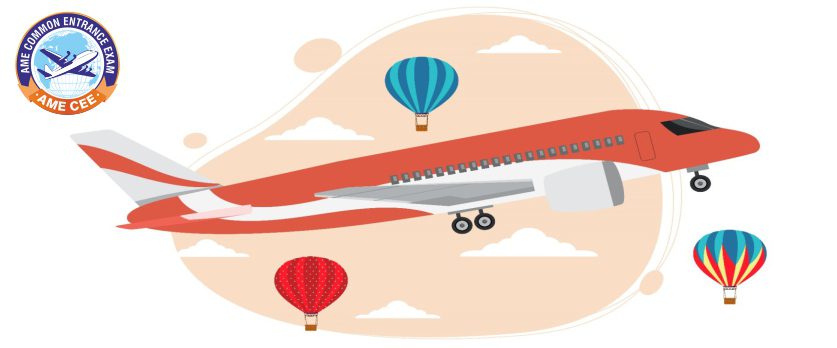What do we know about the Indian Aviation industry?
India’s civil aviation industry has experienced one of the nation’s fastest growth rates over the past three years. It can be roughly divided into three categories: air cargo service, which includes the delivery of mail and cargo by air, scheduled air transport service, which includes both domestic and international airlines, non-scheduled air transport service, which contains charter operators and air taxi operators. In South Asia, domestic travel accounts for over 69% of all airline travel, and by 2023, India’s airports will be able to accommodate 1 billion passengers yearly. According to the air traffic movement, which was 613,566 in the first quarter of FY 2022–23 relative to 300,405 during that same period last year, a rise of 104.24%, the impact of the COVID-19 outbreak has been completely overcome by the Indian aviation sector. Throughout the next ten years, India, which is currently the world’s seventh-largest civil aviation industry, is anticipated to overtake the United States as the third-largest civil aviation market. With the largest share of the market, Indigo is India’s biggest airline carrier. India has overtaken the UK to become the third-largest civilian aviation market in the world, and by 2024, it is predicted to surpass the UK to occupy that position.
What can Indian Aviation sector improve?
Better air traffic control
First off, by lowering the amount of time an aircraft is in the air, operations might be considerably enhanced and emissions could be decreased. Optimizing the utilisation of runways and terminals, enhancing air traffic control, and putting in place effective navigation technologies could all help achieve this.
Sustainable aviation alternative fuels
A significant development is the creation of advanced biofuels, a sustainable alternative aviation fuel utilised in jets. According to the International Civil Aviation Organization, completely replacing conventional aviation fuel with sustainable alternative fuel could cut CO2 emissions from international flights by 63% by 2050.
Technology that is more fuel-efficient
The fuel economy of aeroplane engines could be increased by inventive technological solutions. The early jets of the 1950s used about 80% more fuel per passenger mile than modern aircraft do. Fuel efficiency may increase as a result of innovations like lightweight materials, winglets, and altered aircraft designs.
Eco-friendly airport
It is also crucial to build ecologically friendly airports with sustainable infrastructure and renewable energy sources. Several airports are spending money on carbon offset plans to achieve carbon neutrality, carbon accreditation programmes, and developing green terminals.
What are the causes of India’s aviation sector’s expansion?
The Indian aviation sector is expected to grow rapidly due to the expected increase in air passenger traffic. Indian airlines have made significant orders for aircraft to meet the existing and anticipated rise in demand for commercial air travel.
Conclusion
According to Ms. Droupadi Murmu, President of India, the country will have 147 airports by 2022, making it the third-largest aviation market in the world. In 2014, India had 74 airports. The aviation sector is expanding incredibly quickly and hiring a wide range of workers for various positions. The expansion of the aviation sector has increased employment opportunities while also boosting the nation’s GDP.
To become an aircraft maintenance engineer you may could join AME engineering through AME COMMON ENTRANCE EXAM (AME CEE) this examination you may join AME engineering approved by DGCA, EASA or UGC.


